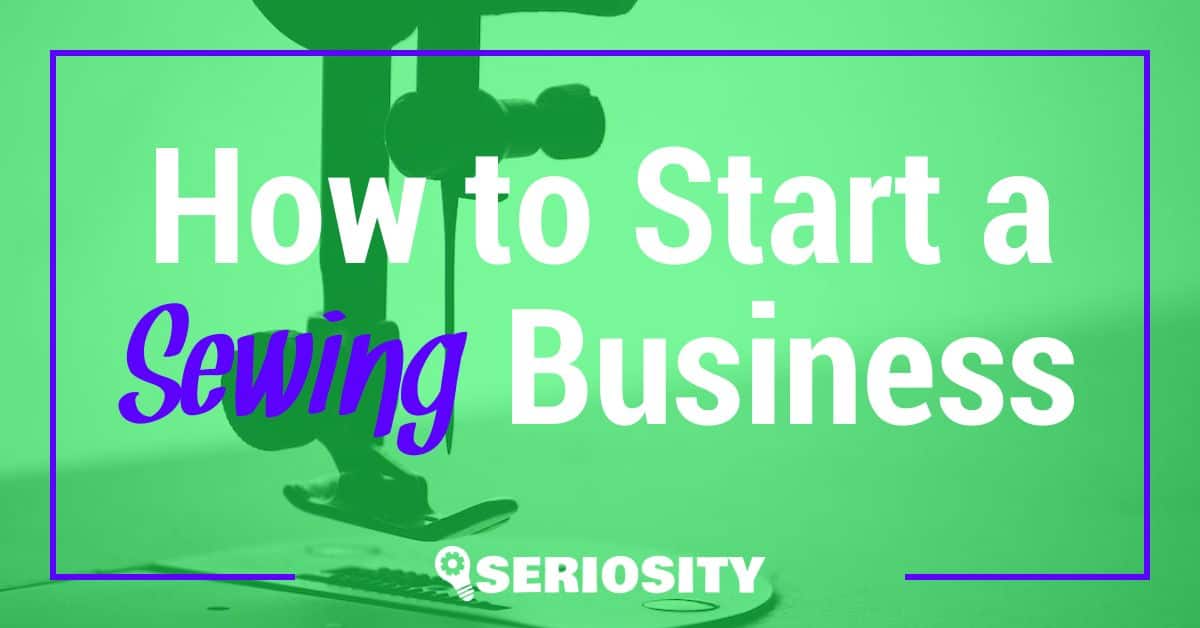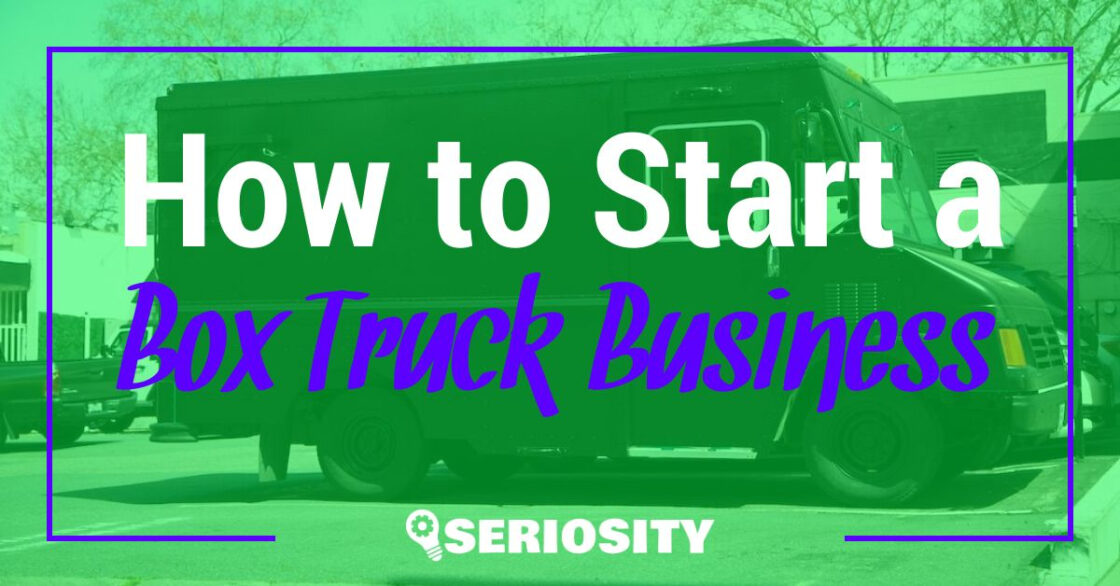Starting a sewing business can be an exciting and rewarding endeavor for those passionate about sewing and crafting. With the right skills, dedication, and a well-thought-out plan, you can turn your hobby into a successful business venture. Whether you’re focusing on providing sewing services, selling handmade clothing and accessories, or offering sewing courses, this article will guide you through the essential steps and considerations to establish your sewing business.
As you begin to explore the possibilities of running your own sewing business, it’s crucial to identify your specific interests and target audience. Your expertise in sewing can be utilized in various niches, from creating custom garments to producing home decor pieces, and tailoring services. Determine which type of sewing work you enjoy most and cater to the needs of your prospective customers. This will allow you to build a strong foundation for your business and ensure you’re providing products or services people want.
When starting a sewing business, it’s essential to consider practical aspects such as equipment, workspace, and business structure. This includes investing in a reliable sewing machine, cutting table, and other necessary tools, as well as organizing your sewing area for efficiency and comfort. Additionally, you’ll need to make informed decisions regarding your business’s legal entity, tax registration, permits, and licenses, all while keeping in mind factors such as marketing, branding, and pricing.
Preparing to Start Your Sewing Business
Develop Sewing Skills
Before starting your sewing business, it’s essential to hone your skills as a seamstress. Practice different sewing techniques and work on various projects to build a strong foundation in sewing. This may include taking classes or learning from online tutorials. Remember to focus on areas such as:
- Stitching patterns
- Alterations
- Quilting
- Home decor items
- Stuffed animals
Identify Your Niche
Once your skills are well-developed, choose a niche within the sewing industry that aligns with your interests and abilities. Consider the following:
- Clothing (custom, alterations, or repair)
- Home textiles (curtains, cushions, or bedding)
- Quilting and patchwork
- Creating unique products, such as stuffed animals or dolls
- Specializing in a specific technique or style
Research the Market
Gather information on your target market and identify the needs and preferences of your potential customers. This will help you create a unique brand that caters to their specific demands. Some factors to consider include:
- Demographics (age, gender, location)
- Buying habits
- Demand for your products or services
- Price sensitivity
Analyze Competition
Assess the existing competition by researching their products, services, and pricing. This information will assist you in positioning yourself within the market and establishing a competitive edge. Consider the following:
- Competitor’s product range
- Unique selling points of competitors
- Pricing structure
- Advertising and branding strategies
- Social media presence
Creating a Business Plan
Determine Startup Costs and Ongoing Expenses
To start your sewing business, it’s essential to consider the necessary startup costs, including purchasing sewing equipment, renting space, and obtaining suitable insurance. Consider the cost of raw materials, labor, utilities, and marketing expenses. Create a table listing potential expenses and their corresponding costs to paint a comprehensive financial picture of your business:
| Expense | Cost (Approx.) |
|---|---|
| Sewing Machines | $XXX – $XXX |
| Rent (if applicable) | $XXX – $XXX |
| Materials | $XXX – $XXX |
| Labor | $XXX – $XXX |
| Utilities | $XXX – $XXX |
| Marketing | $XXX – $XXX |
| Insurance | $XXX – $XXX |
| Licenses and permits | $XXX – $XXX |
Your sewing business’s management and accounting structure will depend on the type of entity you establish. Options include sole proprietorship, partnership, limited liability company (LLC), and corporation. While an LLC helps separate personal liability from the company, sole proprietorships and partnerships require personal liability coverage. Consider consulting with an attorney or accountant to choose the best fit for your needs.
Define Your Target Audience
Defining and understanding your target audience is crucial for the success of your sewing business. To effectively engage potential customers, consider the demographics, interests, and pain points of your audience. A well-defined target audience will enable you to create focused marketing strategies, set appropriate price points, and tailor your sewing products and services to meet customers’ needs.
Map Out a Marketing Strategy
Creating a strong marketing strategy helps drive awareness about your sewing business, attract clients, and ultimately secure a sustainable profit margin. Consider using a multi-pronged approach to reach your target audience, incorporating both traditional and digital marketing techniques:
- Set up a website showcasing your products and services, including an online portfolio and testimonials.
- Utilize social media platforms to showcase your creations and engage with potential customers.
- Network with local businesses and community groups to create partnerships and business alliances.
- Attend trade shows and crafts events to showcase your products and broaden your audience reach.
- Offer promotions, discounts, and incentives to attract new customers and encourage repeat business.
Remember, an effective marketing plan should continuously evolve to reflect emerging trends, customer feedback, and business growth.
In conclusion, a robust and comprehensive business plan is key to starting a successful sewing business. By outlining startup costs, defining your target market, and developing effective marketing strategies, you lay a solid foundation for your venture. With careful planning and execution, your sewing business is well on its way to becoming a profitable and rewarding endeavor.
Setting up Your Sewing Business
Choose a Legal Structure and Register Your Business
Before setting up your sewing business, it’s essential to decide on the legal structure of your business. This will determine how you pay taxes, manage liabilities, and maintain compliance with regulations. The most common legal structures are:
- Sole proprietorship
- Partnership
- Limited Liability Company (LLC)
- Corporation
Consult with a legal or financial professional to determine the best fit for your sewing business. After choosing the appropriate legal structure, register your business with the appropriate local, state, and federal agencies. This might include registering your business name, obtaining an EIN (Employer Identification Number), and opening a business bank account.
Obtain Required Permits and Licenses
Your sewing business may need several permits and licenses to operate legally. These may vary depending on your location, business structure, and the markets you serve. Some potential permits and licenses include:
- Business license: Required in most jurisdictions to legally operate a business.
- Sales tax permit: Necessary if you plan on selling directly to customers and need to collect sales tax.
- Zoning permits: Ensure your home-based or freestanding sewing business complies with local zoning regulations.
- Sewing machine licenses: Some manufacturers require separate licenses for each sewing machine used in a business context.
To find out which permits and licenses apply to your sewing business, contact your local government office or consult their website. It’s essential to stay up-to-date on regulations and obtain all required permits and licenses to avoid fines and penalties.
Additionally, create a privacy policy to protect your customers’ personal information and comply with applicable data protection laws. This policy should cover the collection, use, and storage of personal data and be accessible to customers.
In sum, setting up your sewing business involves selecting a suitable legal structure, registering your business, and obtaining necessary permits and licenses. Comply with all applicable regulations and protect customers’ privacy to establish a strong foundation for your business.
Selecting Equipment, Materials, and Supplies
Choosing the Right Sewing Machine
Your choice of sewing machine is crucial for your sewing business. Consider the following factors while selecting the best sewing machine for your needs:
- Budget: Compare the features and quality of different sewing machines within your budget
- Reviews: Check user experiences and professional reviews to determine the best-rated machines
- Functions: Choose a machine with the functions necessary for your sewing projects, such as embroidery, quilting, or heavy fabrics
- Warranty and support: Opt for a sewing machine with good warranty coverage and customer support
It’s also advisable to have a backup sewing machine on hand in case your primary machine experiences technical issues.
Organizing Your Sewing Studio
An organized sewing space is critical for productivity and success. Here are some tips for setting up your sewing studio:
- Designate a specific area for your sewing business, separate from your personal living space
- Ensure you have enough space to work comfortably and store supplies and equipment
- Invest in a sturdy sewing table or adjustable-height workstation for your sewing machines
- Arrange your materials and supplies in an ergonomic and easily accessible way (shelves, pegboards, etc.)
Stocking up on Sewing Supplies and Materials
Stocking up on sewing supplies and materials is an essential part of starting your sewing business. Be sure to have the following items on hand:
- Measuring tools: A 6-8 inch ruler, a clear 18-inch plastic ruler, and an 18-inch metal ruler for marking fabric and cutting with a rotary cutter
- Scissors: Embroidery scissors, fabric scissors, and thread trimming scissors
- Thread: A variety of thread colors and types, keeping in mind the projects you will work on
- Needles: A range of needle types and sizes suitable for different fabrics
- Fabric: Maintain a basic stock of fabrics depending on your project requirements
- Patterns: A collection of patterns or personal designs to get started with
- Other supplies: Zippers, buttons, grommets, etc.
You can find many of these supplies at your local fabric shop or through online retailers. As your sewing business grows, you can invest in more specialized tools and equipment to expand your range of services.
Pricing Your Products and Services
Calculate Your Costs and Desired Profit Margins
When starting a sewing business, it is important to accurately calculate your costs and set desired profit margins. Consider the following expenses:
- Materials: Calculate the cost of fabrics, thread, and other necessary supplies.
- Labor: Determine your own hourly wage or the wages of any employees you plan to hire.
- Overhead: Factor in expenses such as rent, utilities, insurance, and equipment maintenance.
Once you have a clear understanding of your costs, you can set profit margins that will allow your business to grow while remaining competitive in the market. For instance, a 50% profit margin on a $20 item means you should sell it for $30 to account for costs and profits.
Research the Market to Determine Competitive Prices
Before setting prices for your services, research the market to see what other seamstresses and tailoring businesses charge. This will help you to:
- Identify a price range for your services
- Determine where you fit in the market, whether you want to offer high-end services or cater to a more budget-conscious clientele.
- Decide if offering discounts, promotions, or referral incentives is a potential strategy for attracting more customers.
Consider Pricing Strategies
When pricing your products and services, consider different strategies that may be effective in the market. Some examples include:
- Value-based pricing: Set prices based on the value your products and services provide to your customers. This can include factors such as quality, customization, and customer satisfaction.
- Tiered pricing: Offer different levels of service or product options at varying price points, allowing customers to choose a package that best suits their needs and budget.
- Hourly rates vs. flat fees: Some sewing businesses charge by the hour for services, while others offer a flat fee for specific projects. Choose the method that aligns with your business goals and accurately reflects your costs.
Remember to keep your prices competitive, while also ensuring they cover your costs and desired profit margins.
Marketing and Advertising Your Business
Establish an Online Presence
Creating a professional website is essential for showcasing your sewing products and services. A well-designed website that includes a portfolio, testimonials, and contact information helps attract potential clients. Additionally, consider setting up an online store on platforms like Etsy and other craft marketplaces to increase your reach.
Use Social Media Strategically
Social media platforms like Instagram, Facebook, and Pinterest are powerful tools for promoting your sewing business. Create engaging content that showcases your work, and be sure to:
- Share your designs, finished products, and work-in-progress updates
- Post frequently and consistently
- Engage with followers and other accounts within the sewing community to increase visibility
- Use relevant hashtags to reach a broader audience
Participate in Craft Fairs and Local Events
Attending craft fairs, farmer’s markets, and other local events is a great way to connect with customers in person, network with other business owners, and build your brand within your community. Here are some tips for making the most of these opportunities:
- Choose events that align with your targeted audience
- Invest in attention-grabbing booth design and display
- Offer promotional materials, such as business cards or flyers
- Generate mailing lists for future marketing efforts
By following these strategies and using various promotional channels, you can effectively market your sewing business and achieve steady growth.
Expanding Your Sewing Business
Explore Additional Revenue Streams
One way to expand your sewing business and increase profitability is by exploring additional revenue streams. Diversifying your product offerings can help you appeal to more customers and provide a steady flow of income. Some potential revenue streams for a sewing business include:
- Selling sewing patterns: Creating and selling your own sewing patterns can attract customers looking for unique and personalized designs.
- Custom clothing: Offering custom clothing services allows you to cater to clients who want a tailored fit or a unique style that isn’t readily available in stores.
- Toys and dolls: Crafting handmade plush toys, dolls, and other creative items can appeal to a new customer base and broaden your product offerings.
- Handbags and accessories: Designing and selling handbags or other accessories can complement your existing sewing business and help showcase your skills.
Optimize your online presence by opening an Etsy store or creating a website where you can sell your products and services. This will help you reach a wider audience and increase your chances of success.
Network with Other Professionals and Potential Clients
To expand your sewing business, it’s essential to network with other professionals within the industry and potential clients. This helps create new business opportunities, increases your visibility, and establishes connections for future collaborations. Here are some strategies for effective networking:
- Attend industry events, conferences, and workshops to meet other professionals and potential customers.
- Partner with local businesses, such as fabric or craft stores, to cross-promote your services.
- Join online forums or social media groups related to sewing or your specific niche to connect with like-minded individuals and potential clients.
- Offer workshops or classes in your local community to share your expertise and build relationships with potential customers.
Keep in mind the pros and cons of each strategy when expanding your sewing business, and consider how they align with your overall goals and strengths. By exploring additional revenue streams and actively networking, you can help ensure the growth and success of your sewing business.





